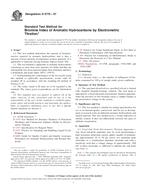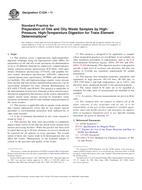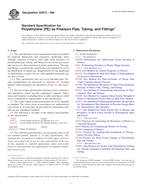1.1 This test method covers procedures for testing freshwater organisms in the laboratory to evaluate the toxicity of contaminants associated with whole sediments. Sediments may be collected from the field or spiked with compounds in the laboratory.
1.1.1 Test methods are described for two toxicity test organisms, the amphipod Hyalella azteca ( H. azteca) (see 13.1.2) and the midge Chironomus dilutus (formerly known as C. tentans; Shobanov et al. 1999.(1) (see 14.1.2). The toxicity tests are conducted for 10 days in 300-mL chambers containing 100 mL of sediment and 175 mL of overlying water. Overlying water is renewed daily and test organisms are fed during the toxicity tests. Endpoints for the 10-day toxicity tests are survival and growth. These test methods describe procedures for testing freshwater sediments; however, estuarine sediments (up to 15 ppt salinity) can also be tested with H. azteca. In addition to the 10-day toxicity test method outlined in 13.1.2 and 14.1.2, general procedures are also described for conducting 10-day sediment toxicity tests with H. azteca (see 13.1.2) and C. dilutus (see 14.1.2).
Product Details
- Published:
- 09/01/2010
- Number of Pages:
- 118
- File Size:
- 1 file , 1.7 MB


